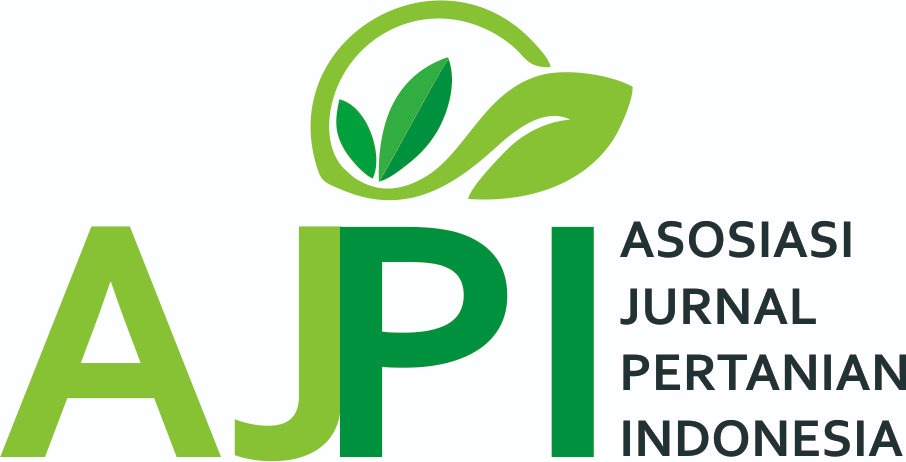Komparasi Metode Estimasi Evapotranspirasi Berbasis Cropwat dan Python (Studi Kasus: Chiang Mai, Thailand)
DOI:
https://doi.org/10.33005/plumula.v13i2.250Keywords:
Cropwat 8.0, Evapotranspiration, Python (Pyet module), Rice, Water requirement estimationAbstract
Evapotranspirasi (ET) merupakan komponen penting dalam siklus hidrologi yang menggambarkan jumlah air yang menguap dari permukaan tanah, air, dan vegetasi akibat faktor iklim dan fisiologis tanaman. Estimasi laju ET sangat penting dalam pengelolaan kebutuhan air tanaman, terutama padi yang memerlukan air dua hingga tiga kali lebih banyak dibandingkan tanaman pangan lainnya. Berbagai perangkat lunak telah dikembangkan untuk mengestimasi ET, namun sebagian memiliki keterbatasan fitur dan akses, terutama karena bersifat berbayar. Saat ini, Python sebagai bahasa pemrograman yang banyak digunakan di berbagai sektor, termasuk pertanian, telah menghadirkan modul Pyet untuk estimasi ET. Penelitian ini bertujuan untuk mengevaluasi dan membandingkan hasil estimasi ET antara perangkat lunak Cropwat 8.0 dan modul Pyet Python dengan menggunakan data iklim harian tahun 2021 di Provinsi Chiang Mai, Thailand, dengan komoditas padi sebagai objek studi. Hasil menunjukkan bahwa modul Pyet memiliki potensi sebagai algoritma estimasi ET dengan korelasi tinggi terhadap hasil Cropwat (R² = 0,981), sehingga dapat diandalkan dalam analisis kebutuhan irigasi dan manajemen air pertanian.
Downloads
Downloads
Published
How to Cite
Issue
Section
License
Copyright (c) 2025 Wahyu Nurkholis Hadi Syahputra, Adam Dika Lazuardi, Yagus Wijayanto, Ahmad Ilham Tanzil

This work is licensed under a Creative Commons Attribution 4.0 International License.
Authors who publish with this journal agree to the following terms:
- Authors retain copyright and grant the journal right of first publication with the work simultaneously licensed under a Creative Commons Attribution License that allows others to share the work with an acknowledgement of the work's authorship and initial publication in this journal.
- Authors are able to enter into separate, additional contractual arrangements for the non-exclusive distribution of the journal's published version of the work (e.g., post it to an institutional repository or publish it in a book), with an acknowledgement of its initial publication in this journal.
- Authors are permitted and encouraged to post their work online (e.g., in institutional repositories or on their website) prior to and during the submission process, as it can lead to productive exchanges, as well as earlier and greater citation of published work (See The Effect of Open Access).











